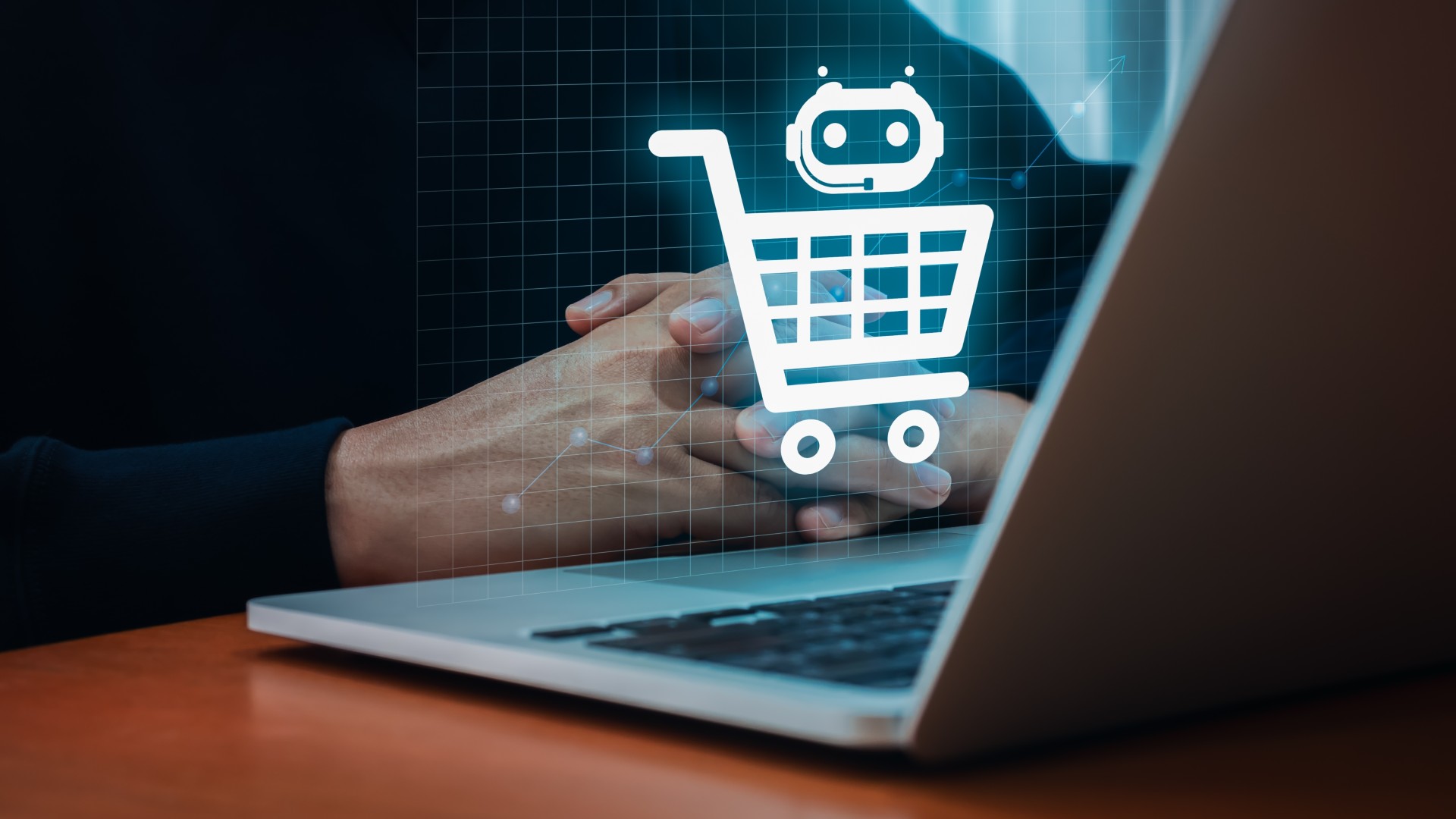The New AI Commerce Stack: Is Your Business Ready for ChatGPT Shopping?


ChatGPT has launched its Instant Checkout feature, allowing users to purchase products directly within the ChatGPT interface.
Currently, it’s limited to US customers and sellers from Etsy, but expansion is expected soon. Shopify and Walmart integrations are already confirmed, and the rollout is likely to extend to international markets and other AI platforms.
This is a huge opportunity for retail brands. With AI-powered shopping, retailers can now reach customers the moment they’re ready to buy – right within ChatGPT search.
How Does ChatGPT Discover and Rank Products?
Think of it as a two-layer system:
Layer 1: Discovery and Understanding (Schema and On-Page Content)
ChatGPT doesn’t start with your product feed; it begins by crawling and understanding your website, just like traditional search engines. This is where schema markup, rich product descriptions, materials, dimensions, and customer reviews become critical. These elements help the AI to:
- Understand what your product actually is.
- Match it semantically to complex user requests (e.g., waterproof hiking boots for wide feet).
- Assess quality signals such as detailed specs, review sentiment, and completeness of information.
This is essentially AI SEO: optimizing your content not just for keywords, but for how AI models interpret meaning and context.
If your product pages are thin or poorly structured, ChatGPT may never consider your product in the first place – no matter how strong your feed is.
Layer 2: Real-Time Accuracy (Product Feed)
Once ChatGPT identifies relevant products, it checks your product feed for the current “source of truth” on:
- Price
- Availability and stock status
- Shipping details
- Return policies
- Images
The feed ensures ChatGPT doesn’t recommend items that are out of stock or mispriced – it’s the reliability layer, not the discovery layer.
How Does ChatGPT Decide Rankings When Multiple Vendors Have the Same Product?
This is where it gets interesting, and as the system evolves, we’ll learn more about how it functions. But based on early observations and OpenAI’s guidance, rankings appear to depend on several factors:
- Relevance: How well your product description matches the user’s specific request – not just keywords, but meaning and intent.
- Data Completeness: Products with richer attributes (materials, dimensions, sustainability info, detailed specs) perform better.
- Authority and Trust Signals: Domain authority, review quality and quantity, clear return policies, and overall merchant reputation.
- User Context: ChatGPT personalizes recommendations based on the conversation – budget preferences and prior context.
- Performance Signals in the Feed: Optional data points like popularity score or sales velocity may influence visibility.
There is no “highest bid” model yet, but that doesn’t mean all products are treated equally. OpenAI is already exploring a paid ads integration. For now, ChatGPT optimizes for user satisfaction, prioritizing vendors most likely to deliver what the buyer actually wants, with accurate information and reliable fulfillment.
What Are the Next Steps to Ensure Your Products Rank in ChatGPT?
To succeed in this new landscape, retailers need an AI commerce stack built on three pillars:
- The Foundation: Make sure you have rich product pages, with schema, descriptions, and reviews. This gets you discovered.
- The Real-Time Layer: Your product feed should be API-driven and frequently updated. This keeps you accurate.
- The Trust Signals: Demonstrate your authority and experience through your domain reputation, reviews, and clear policies. This gets you ranked higher.
A strong feed alone isn’t enough if your product pages are thin – and even the best pages can’t help if your feed data is inaccurate. It’s the combination that wins.
What Should You Do Next?
At TransPerfect Digital, we help brands capitalize on emerging opportunities like AI-powered shopping.
Our GenAI Content Marketing Strategist, Mario Lenoci, recommends four key steps to prepare your brand for this shift:
- Audit: Assess your current systems and data readiness – your platform, product catalog structure, schema mark-up, feed completeness, and update frequency.
- Define Strategy and Integration: Map the best integration approach with LLMs, prioritize enrichment and optimization, and plan for multi-platform use cases.
- Execute: Build or optimize your product feed, automate updates, enable discovery and checkout features, and improve product descriptions and technical SEO signals.
- Monitor: Track your visibility within LLMs, analyze performance, and adapt as the ecosystem evolves.
Ready to Make AI Commerce Work for You?
Get your products ready for ChatGPT’s Instant Checkout – let’s chat!